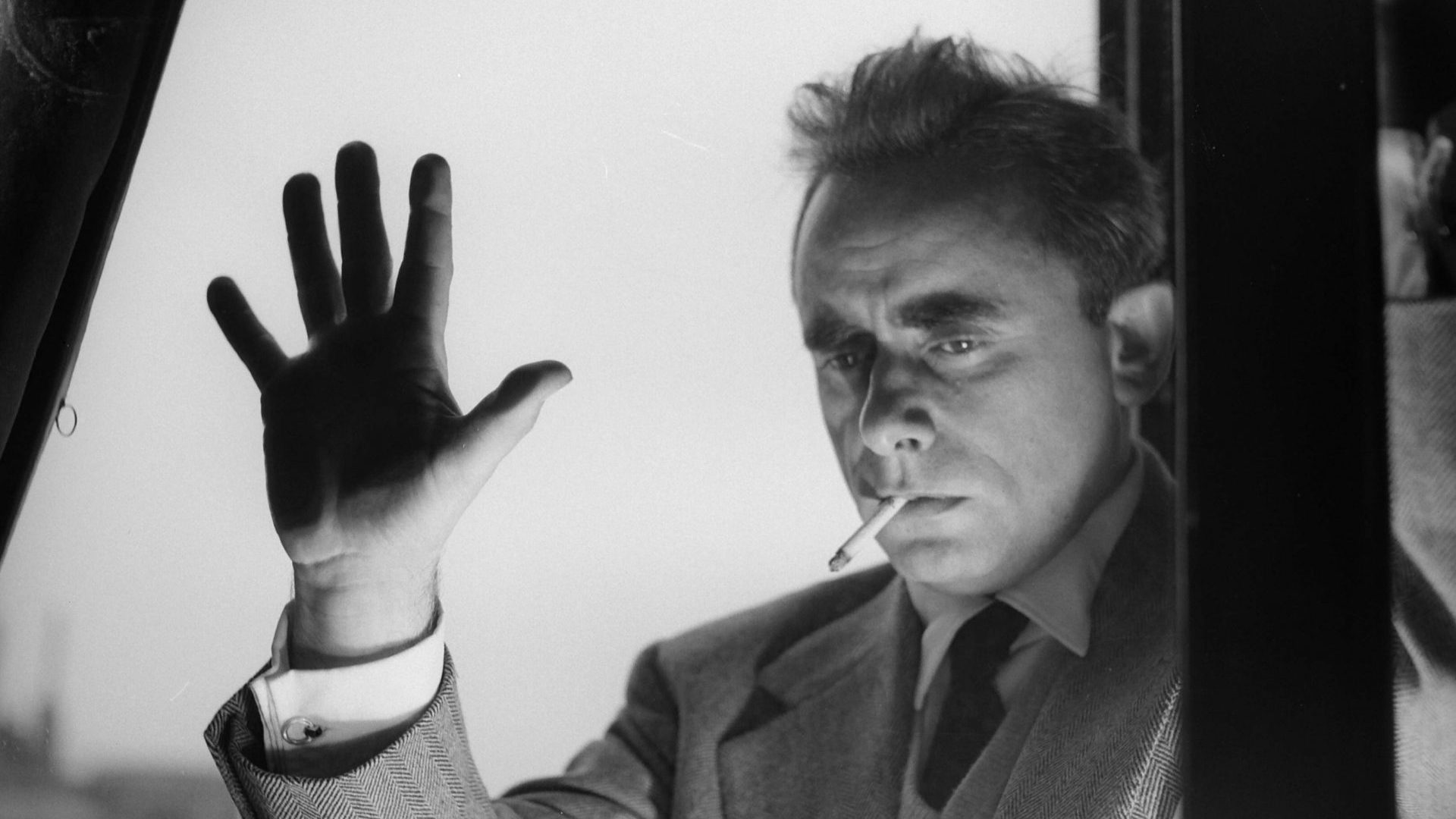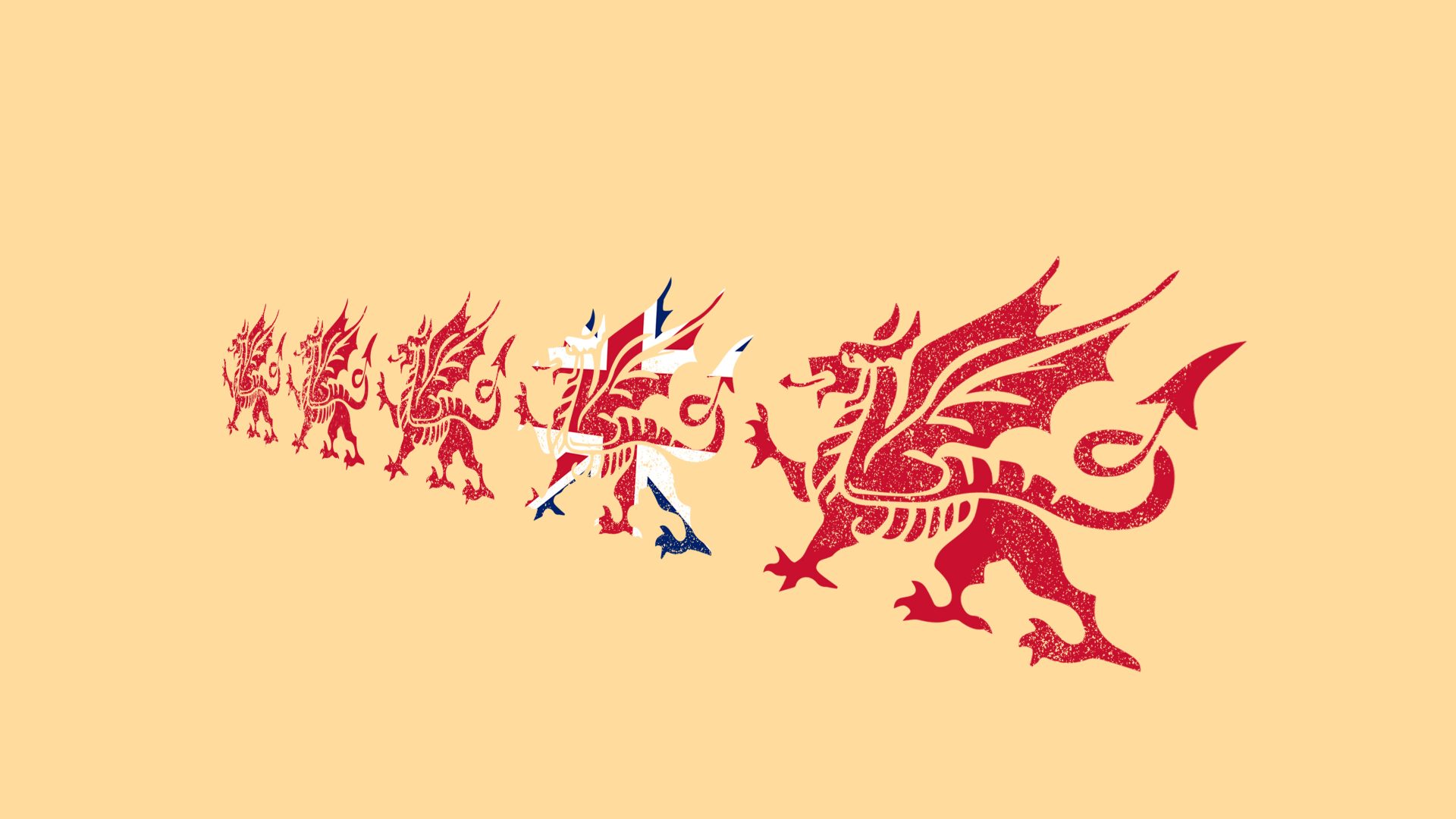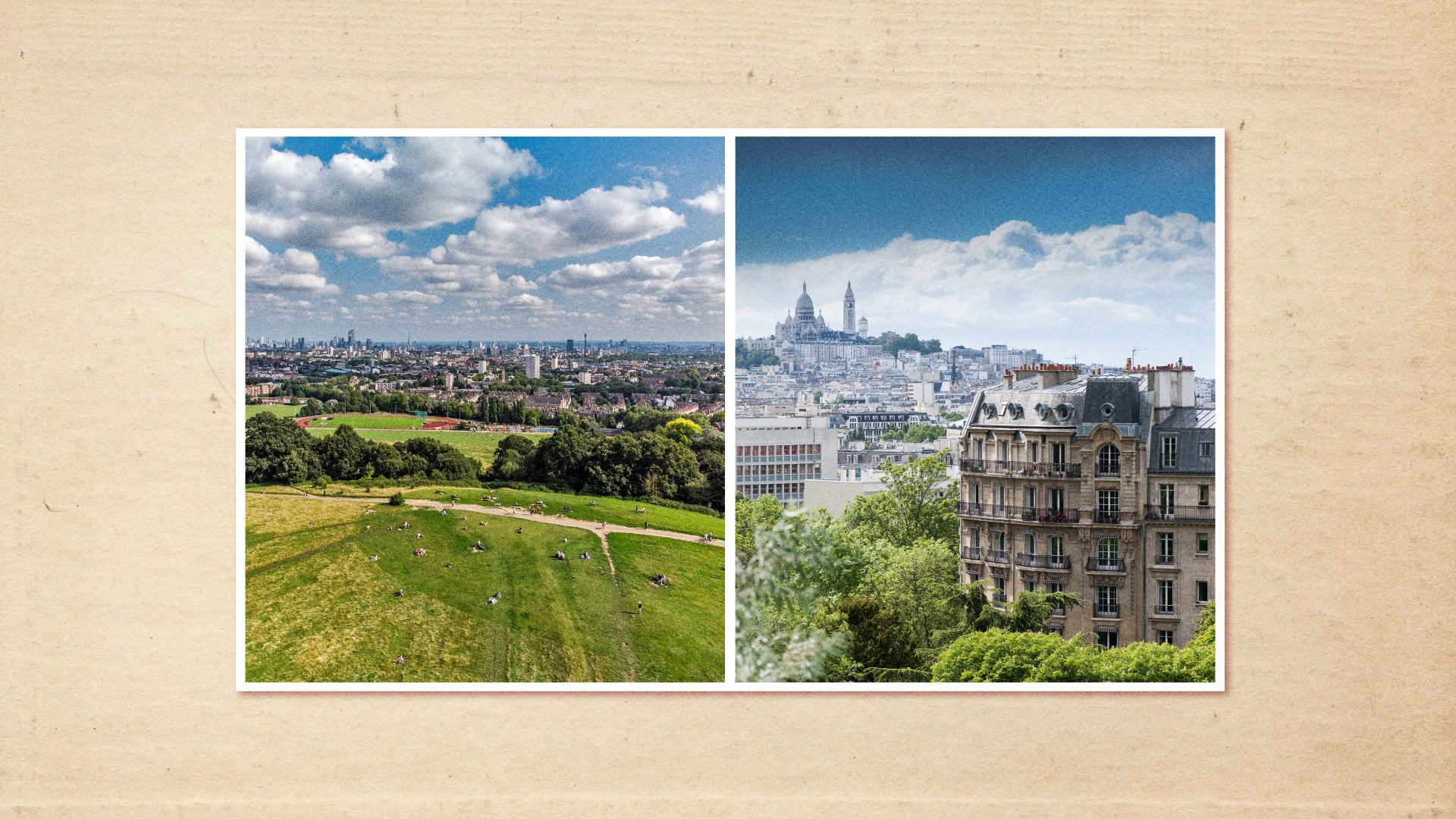For Serge Reggiani, it was the final straw. He’d spent most of that day during the hot summer of 1964 running, chasing a truck with a camera on the back around the steep roads of Cantal in central France wearing a casual shirt, slacks and slip-on shoes, enduring take after long take in baking sunshine, with director Henri-Georges Clouzot roaring at him for more. Reggiani was
exhausted, soaked in sweat and his feet were developing crippling blisters. Crew members estimated that the 42-year-old actor must have run ten miles that day, all for a shot that would last barely 20 seconds in the final film.
Reggiani had had enough and walked off the set, never to return. He knew
Clouzot had a tyrannical reputation – they’d worked together 15 years earlier
in 1949 when he took the lead role in Clouzot’s modern setting of Manon Lescaut – but this was off the scale even for the notoriously demanding director.
Clouzot had insisted on Reggani’s casting, standing up to the studio when they questioned the selection of a middle-aged actor with “a face like a chiselled chestnut” to star opposite 25-year-old Romy Schneider, at the peak of her fame, as her husband in Clouzot’s jealousy epic L’Enfer. Given the director’s reputation as one of Europe’s greatest filmmakers, Columbia had given way. Now not only was Reggiani gone, there was discord among the cast and crew and barely five days of filming left before the lake that formed
the centrepiece of the film was drained ahead of the construction of a hydro-electric power station.
L’Enfer was to be Clouzot’s masterpiece. Not only that, it was supposed to revolutionise cinema with radical new techniques in lighting and sound. Clouzot had been stung by criticism that he was past it, stale, too set in his ways, by the auteurs of the nouvelle vague who insisted improvisation was the future. Clouzot’s tightly scripted, meticulously planned work was the antithesis of everything they stood for.
“Improvisation?” he sneered. “I improvise on paper.”
Now he would show them what real radical filmmaking was all about. He was the auteur, not those slapdash chancers. L’Enfer would not only prove
it, it would change the world of cinema forever.
It was a decade since Clouzot had reached the peak of his fame, first with 1953’s Le salaire de la peur, (The Wages of Fear), and then two years later with
Diaboliques. The former saw cabaret artiste Yves Montand playing one of four European truck drivers charged with driving a dangerous cargo of nitroglycerin through the Brazilian jungle in a taut and gritty exploration of febrile suspense; the latter is still regarded as one of the most frightening films ever made; a wife and lover conspiring to murder the man at the centre of their affections.
Diaboliques provoked Clouzot’s strongest comparisons yet to the work of Alfred Hitchcock and was a direct influence on Vertigo, released in 1958.
Where the two directors differed, however, was in their motivations. Hitchcock built suspense through a mastery of narrative technique and a
delight in the possibilities presented by the camera to hoodwink the audience. Clouzot preferred to go deeper, to explore the darker corners and
motivations of the human psyche.
“It is necessary for me to show the black side of men as well as the white side,” he said in 1955. “To play around with death is to cheat, and that is indecent.”
This penchant for darkness belied Clouzot’s background. His childhood was comfortable and solidly middle class. He was the eldest of three sons of a bookshop owner and amateur photographer from Niort, and was always encouraged in his interests in reading and music.
Ambitions to join the navy were thwarted by short-sightedness, so Clouzot studied law and politics in Paris with a view to joining the French diplomatic service. Hours spent in the capital’s cinemas turned him towards screenwriting and by the early 1930s he was living in Berlin translating scripts for first the Studio Babelsberg then UFA, until he was fired in 1934 for
refusing to give up his friendships with blacklisted Jewish producers.
The following year he developed tuberculosis and spent almost five years in a Swiss sanatorium, a time that allowed wide reading on the history of cinema and filmmaking techniques but also long periods of introspection,
not to mention the sobering reminder of his own mortality rasping away in
his lungs.
By the time he was well enough to return to Paris, war had broken out and penury forced him to take a job with a German-owned film company in
the French capital. It was under their auspices that he made his first full-length feature Le Corbeau, (The Raven) based on a real-life poison-pen letter
case from the 1920s and set during the contemporary occupation, an unflinching portrayal of French village life that managed to anger the Vichy
regime, the French Resistance and the Catholic Church in equal measure.
The whiff of collaboration saw him banned from filmmaking for life after the war but a campaign supported by the likes of Jean Cocteau and Jean-Paul
Sartre saw him return to the screens in 1947 with the thriller Quai des Orfèvres, the second of only 11 films Cluzot would go on to make in almost three decades.
His relatively low output was partly due to his innate choosiness when it came to new projects but mostly because his work ethic was too intense for his fragile health to cope with any more. In a 1955 interview, he said he could only work effectively by “forcing myself into a stateof anguish” until “when it is over I am completely drained”.
This extended to his actors, with whom he was frequently demanding to the point of cruelty. During the filming of 1960’s La Vérité, for example, he gave Brigitte Bardot, whose career was effectively launched by the film, strong
sleeping pills to knock her out for a scene in which she was asleep, lying to her that they were painkillers. Bardot ended up in hospital having her stomach pumped.
L’Enfer was Clouzot’s first film since La Vérité, a period during which his traditional methods had been usurped by the new wave of young filmmakers. It was to be a story of pathological jealousy expressed through
revolutionary techniques of kinetic art and experimental soundscapes intended to be Clouzot’s equivalent of Fellini’s 8½.
It was never made.
Deprived of his leading man, Clouzot frantically set about shooting new scenes until, after weeks with little sleep, he collapsed with a heart attack while filming on the lake whose imminent draining loomed over the project like his own mortality.
He survived but the production was abandoned and L’Enfer became one of
cinema’s lost masterpieces. Surviving footage suggests the film would have
been way ahead of its time, an eloquent answer to the taunts of the new generation of European filmmakers, but it was scuppered by the relentlessness of its creator whose obsessive desire for perfection proved ultimately self-destructive.
“Art for me is a provocation,” he said in 1955. “I do not always know why I do
what I do.”




